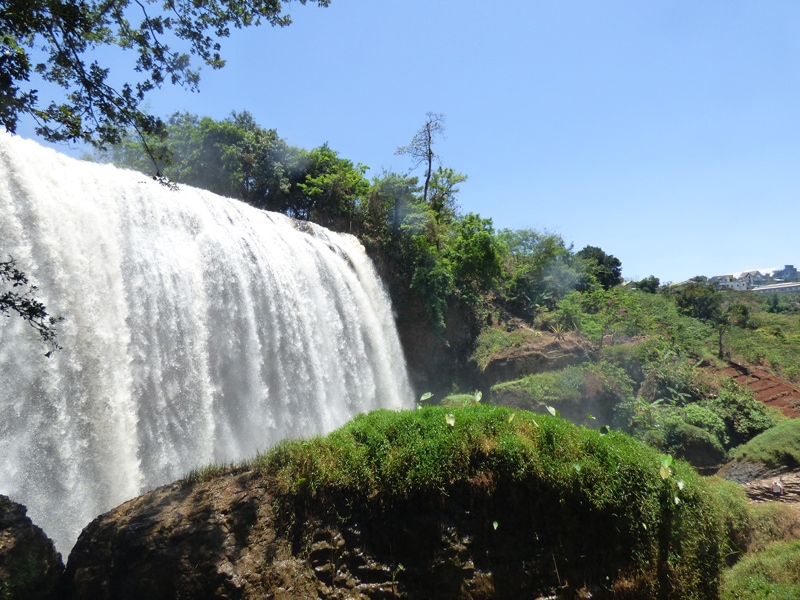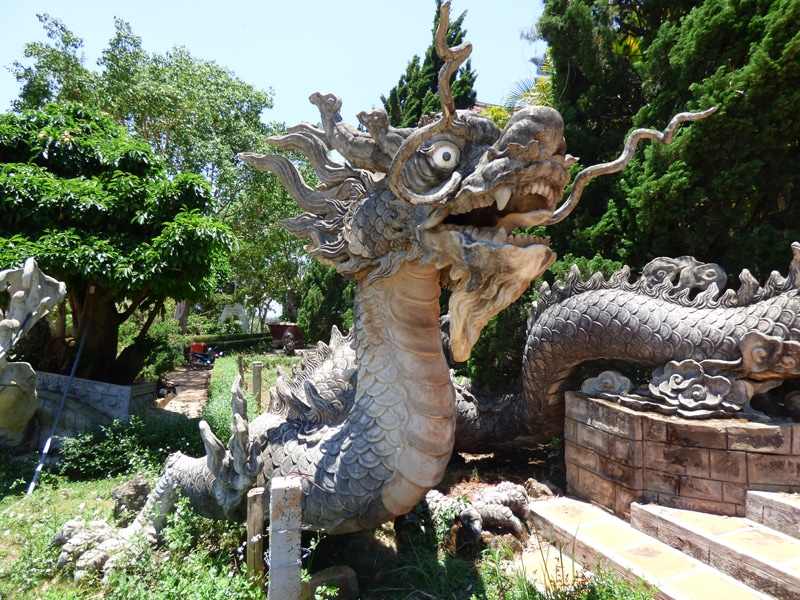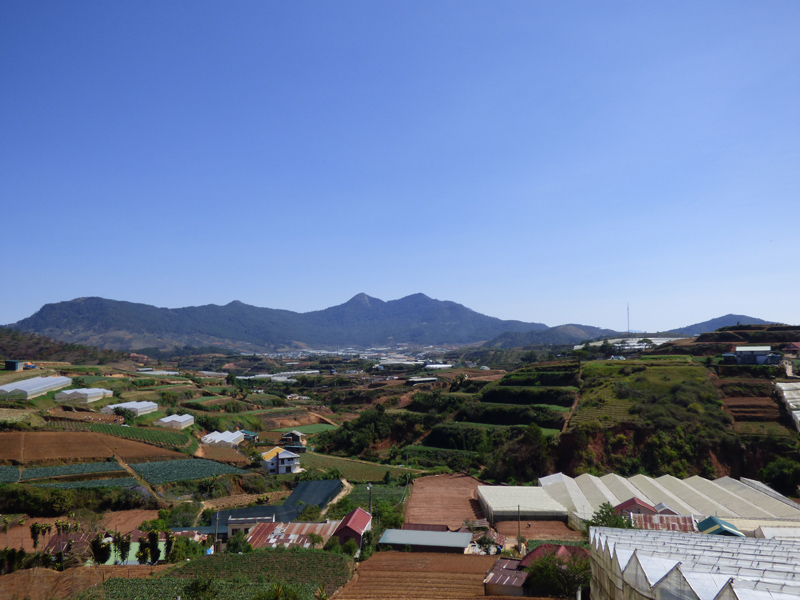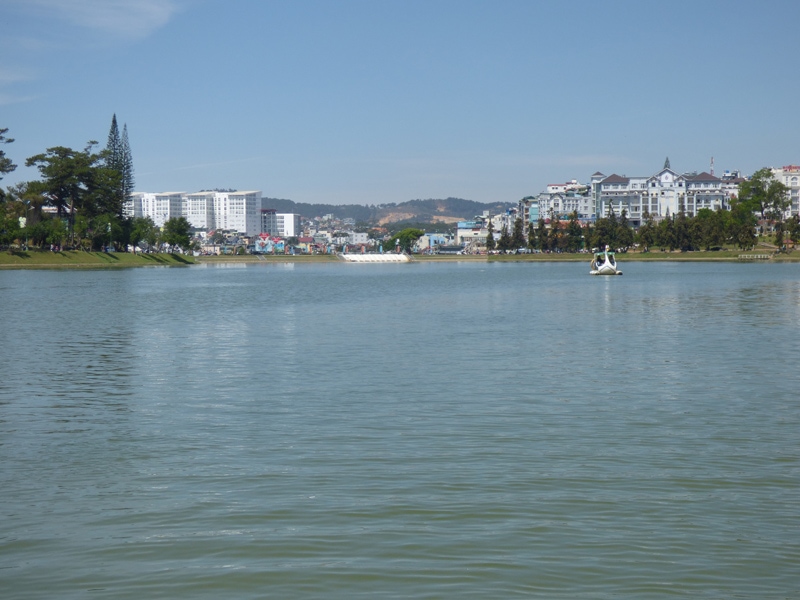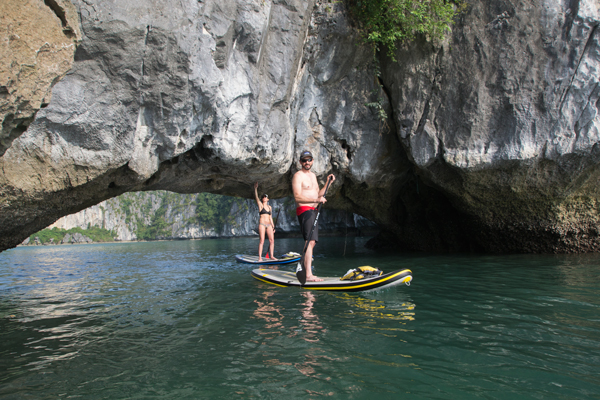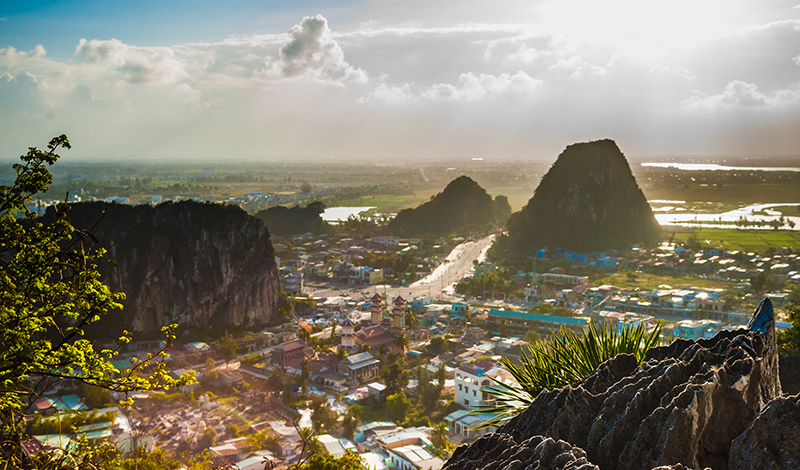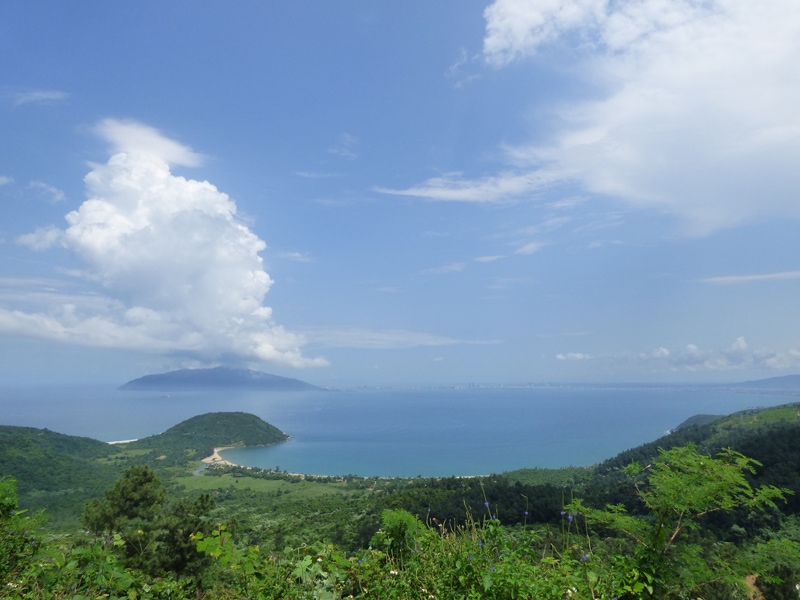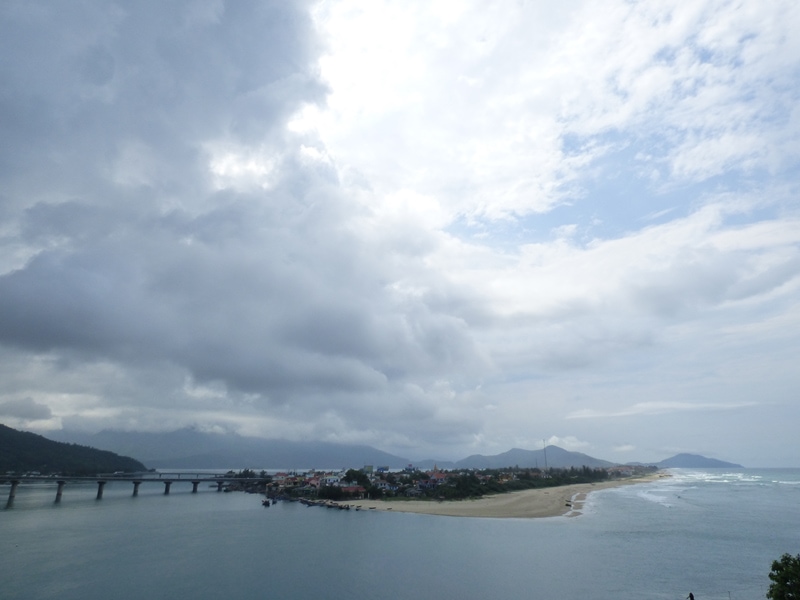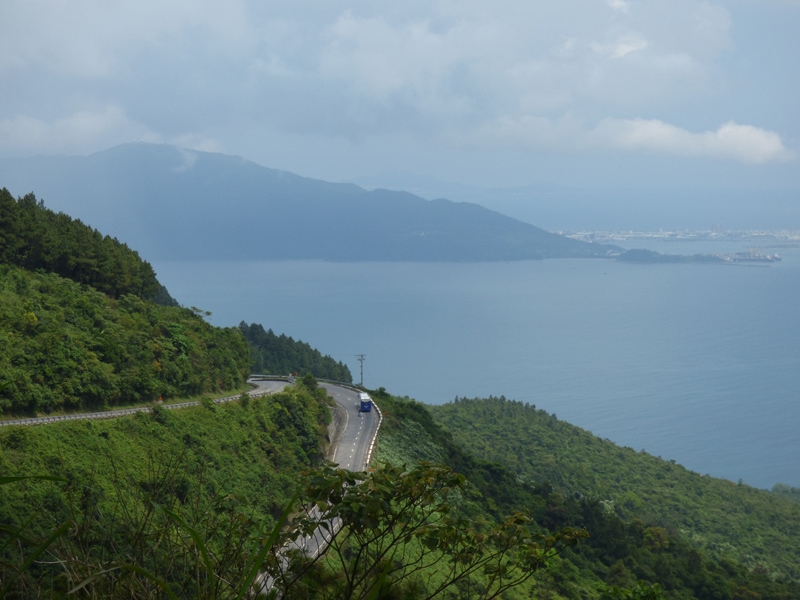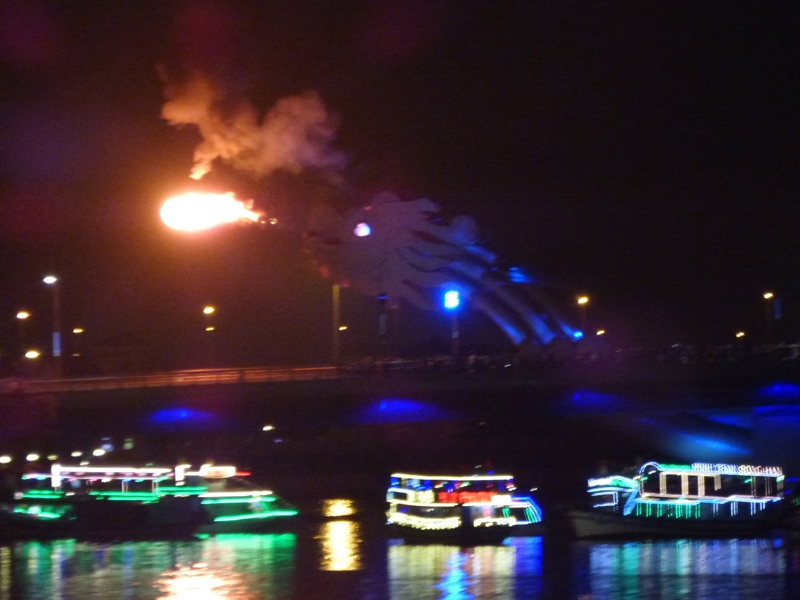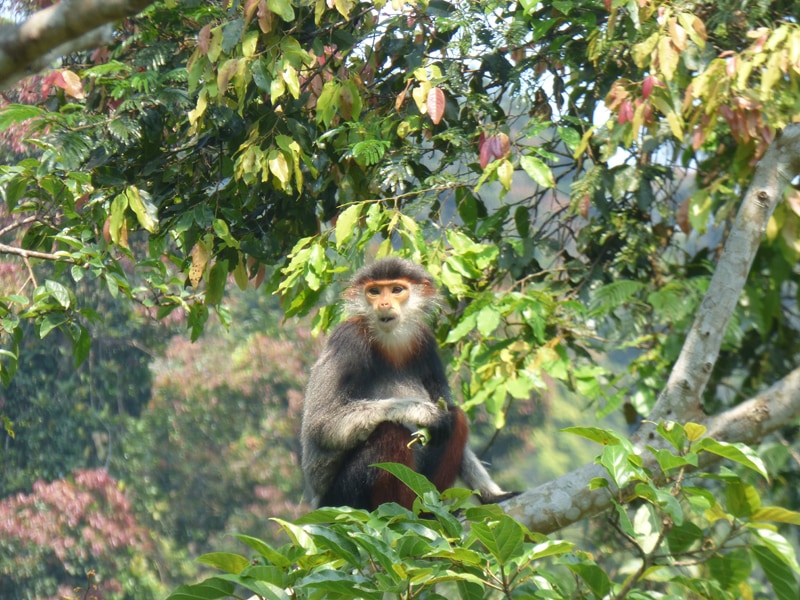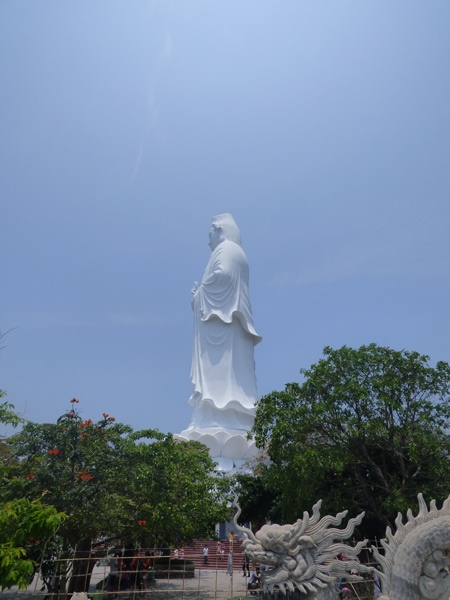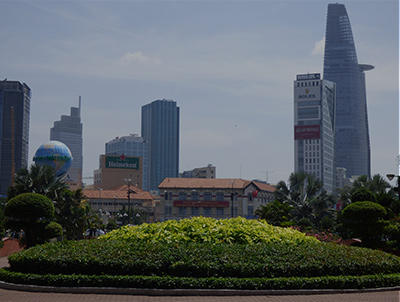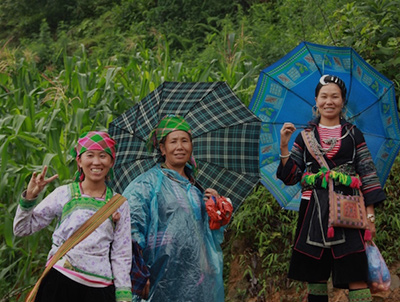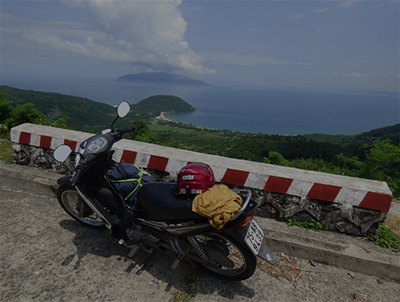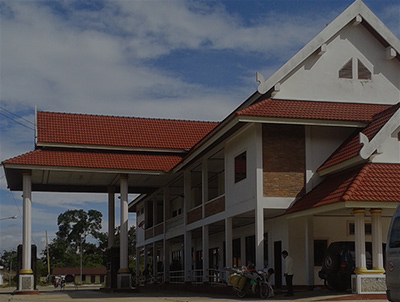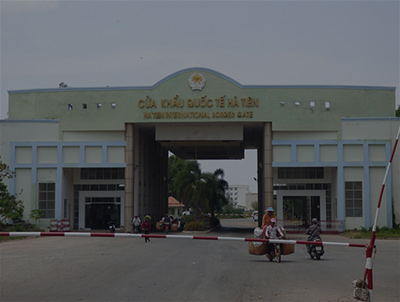Rich in culture, history and beautiful landscapes, Vietnam is hugely varied with almost every area offering something completely different to the next.
Southern Vietnam has a more laid back feeling than the North, built around the large economic powerhouse Ho Chi Minh City. The south also covers the less visited, yet stunning and ecologically lush Mekong Delta; known as the rice basket of Vietnam, floating markets and canals can be found in abundance.
The long thin central coast region including Danang, Phan Thiet and Nha Trang has some of the finest beaches in Asia each with its own unique charm. Swaths of history are on offer in Hoi An, Dalat and the ancient capital Hue which was also a frontline during the war.
North Vietnam is home to stunning natural beauty including two UNESCO World Heritage Sites; Ha Long Bay and Ninh Binh as well as the culture rich capital city Hanoi. The far North is mountainous with Sapa boasting incredible landscapes and you will find the indigenous hill tribes here are extremely friendly. The North retains great cultural and political variances keeping it popular for tourism.
Gallery
Money
Your guide to costs in Vietnam. Click to find out more.
Safety & Scams
Know the tricks, avoid getting scammed. Click to find out more.
Responsible Travel
Our guide to travelling responsibly in Vietnam.
Food
Find out all you need to know about Vietnamese cuisine.
Read articles about Vietnam:
- September 28, 2018
- October 16, 2016
- July 23, 2016
- April 23, 2016
- March 2, 2016
- October 1, 2015
- September 8, 2015
- August 27, 2015
- July 31, 2015
- June 30, 2015
- February 3, 2015
Passports & Visas
If you are from the UK, Germany, Italy, France, Spain, Denmark, Sweden, Norway or Finland you can enter Vietnam without as visa as long as your stay is less than 15 days. As this is a visa exemption and not a visa it is not possible to apply for an extension, so, if you plan to stay longer than 15 days, you will still need to obtain the relevant visa prior to arrival in Vietnam.
Obtaining a visa can seem a headache thanks to the government not offering them on arrival like much of the region, prices vary depending on which countries Vietnamese embassy you are applying at. The easiest option is to organise your visa from a Vietnamese Embassy before you travel, usually processed in 4 or 5 days in western countries.
In S.E Asia the best place to arrange a Vietnam visa is neighbouring Cambodia and Laos, costs are similar and they can be sorted the same day. Watch out for overcharging travel agents, if in doubt use the embassy in Phnom Penh and Vientiane or consulates in Battambang and Sihanoukville. This is the preferred option.
You can arrange for a visa on arrival through a Vietnamese travel agent online, they’ll need your passport details and will send a confirmation for a visa to be issued when entering via airport, this is recommended as the easiest option for travellers arriving by plane. Please note… Visa on arrival is not accepted if you are travelling into Vietnam via a land border.
Types available and stamping fees:
30 Day Single Entry – $45usd
30 Day Multiple Entry – $65usd
90 Day Single Entry – $90usd
90 Day Multiple Entry – $125usd
It’s possible to change your single entry visa into a multiple entry visa after arriving in Vietnam, be sure to leave enough time before departing. Travel agents in Hanoi or HCMC charge around $25usd for this service and can have it sorted in a day or two.
This visa allows you to work for three or six months. You will need a business partner, employer, or sponsor who can provide you with an entry clearance letter, you can apply at embassies, online and through travel agents.
Tourist visa extensions cost around $10usd from officials, it takes two or three days to process and you can extend a stay once by 30 days. The easiest option is to pay a little extra to a travel agent who speaks Vietnamese as this will speed things along.
When to go…
Vietnam has a complicated weather picture dominated by two monsoons. Temperatures in the south remain fairly level all year round, where as the north experiences distinct seasonal differences.
It’s difficult to recommend one particular season for visiting Vietnam but if you are planning to see the whole country then the most favourable seasons are probably autumn (September – December) and spring (March and April).
In the south the dry season runs from December to late April or May and temperatures can occasionally reach 40°C in the hottest months (March, April and May). The rainy season usually begins in May through to November but as most rainfall is in brief afternoon downpours this need not be off putting. Flooding can occasionally cause problems in the Mekong delta.
Here the wet season starts in November through to December although further north, around Hué and Da Nang it can last longer, from September to February. The best time to visit these two cities is in the spring (February – May).
This area of Vietnam is the most likely to be hit by typhoons that bring torrential rain and extreme winds, although difficult to predict they are most likely to occur from August to November.
This area of Vietnam experiences cold winter weather from December until March when temperatures start to rise again. Summer temperatures (May – August) can reach 40°C although average temperatures in Hanoi are usually more reasonable at around 30°C. Summer is also the rainy season so it can become unbearably hot and sticky around this time of year. It is generally pleasant and sunny from October to December so this can be a good time to visit.
Getting There…
Cheap flights between Vietnam and other countries in Asia can be found for reasonable prices, outbound flights used to be quite expensive but are now comparable for the region. International flights to HCMC or Hanoi have increased in recent years bringing the cost to fly direct to Vietnam down. Arriving by train is possible from China, though seemingly high-priced the scenery is outstanding and well worth the extra cost. Buses come in from all neighbouring countries regularly and this is usually the cheapest way to get to Vietnam.
Key Routes
Compared with neighbouring Cambodia and Laos, Vietnam has pretty good transport links making travelling around the country fairly easy.
You should never struggle to find a bus as a plethora of operators are present here. Vietnam also has an old but reliable rail network that nearly spans the length of the country newzpharmacy.com.
In Southern Vietnam the safest and most reliable bus company is Phương Trang aka Futa Bus who operate the majority of popular routes in the region. These buses are modern and new, many with free WiFi and are never overcrowded with a reserved seating system.
As you get further North the buses do tend to become more sporadic and run down. Be particularly weary of buses from Ninh Binh to Hanoi as we have received a few reports of these being overfilled.
Another popular way of getting around Vietnam is with the hop on and off, open tour bus operated by Sinh Café. Note that due to the popularity of this bus, multiple companies called ‘Sinh Café’ have now set up so be diligent with your booking.
Avoid travelling on Vietnamese public holidays as passenger numbers massively increase and you’re much more likely to be left sharing a seat. If you have to travel on these dates make sure you book well in advance to secure a ticket, this is especially true if going by train.
If you’re short on time then flying is your best option. Regional flights operate frequently and cost from as little as $30 to get from HCMC to Da Nang for example.
To check train and bus times in Vietnam use BaoLau – this is an awesome website to help plan your travel through Vietnam. You can also book tickets online too.
Find out about transport in Vietnam here.
Basic Information
Vietnam Articles
Vietnam City Guides

